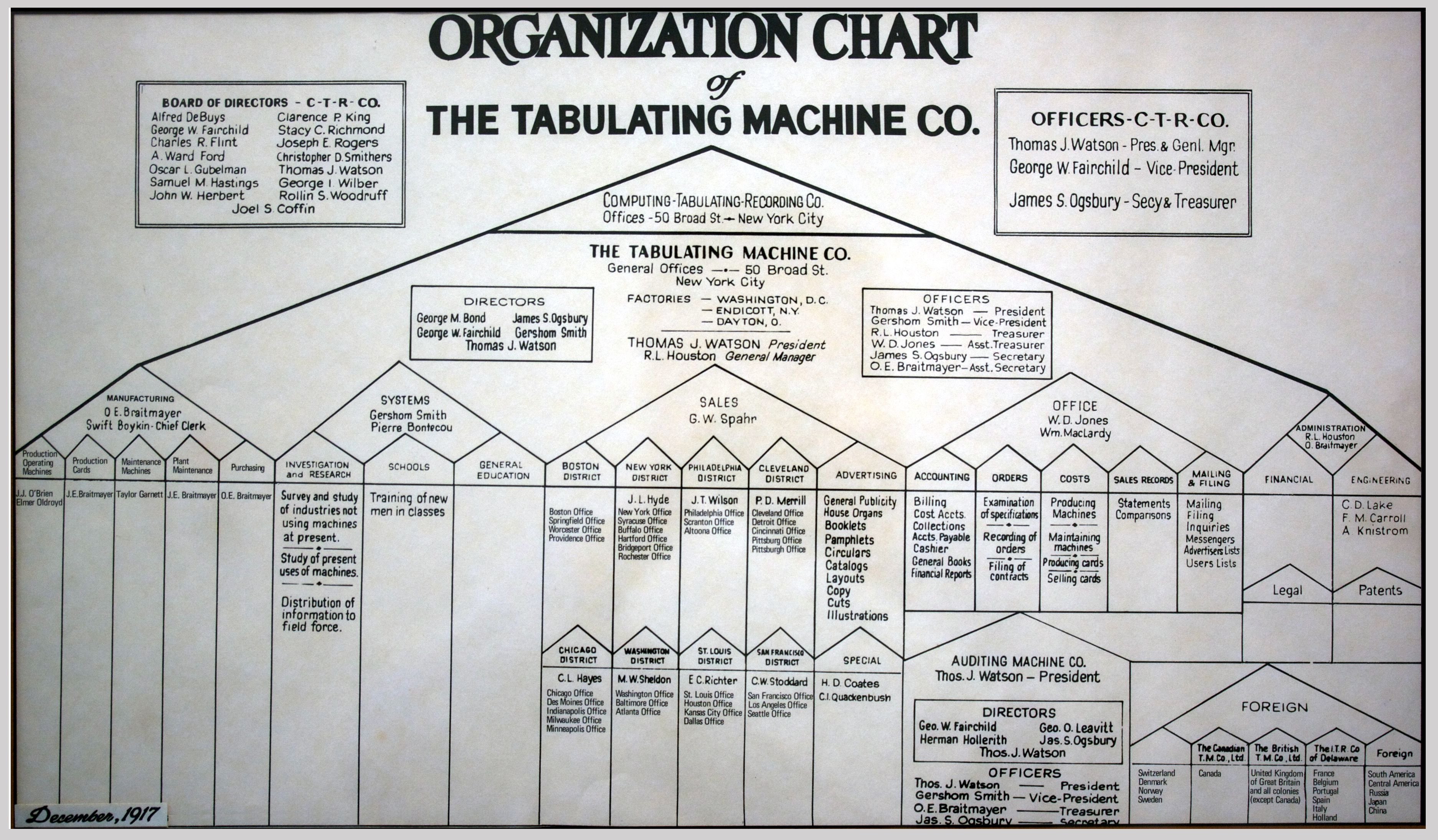DevOps and Agile transformations, or any cultural shift for that matter, almost certainly needs a champion to help evangelize for change and to clear the inevitable road blocks. You can’t do it that way because we’ve always done it another way? Call the Champion to get us permission to try something different this time. There’s […]







